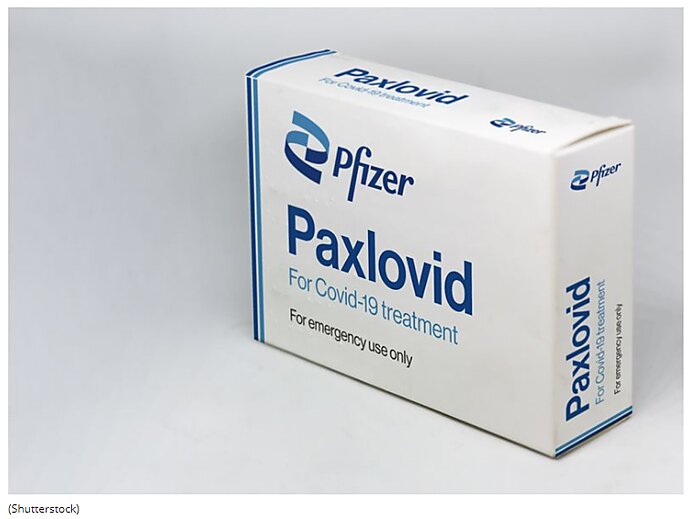The Food and Drug Administration recently granted Emergency Use Authorization (EUA) to Paxlovid and molnupiravir, two lifesaving, direct-acting antiviral drugs that are effective in preventing both hospitalization and death of people who have contracted COVID-19. They are effective against all variants so far, including omicron, which is capable of infecting people regardless of whether they are non-vaccinated or fully vaccinated.
Unfortunately, two requirements that the agency put in place in authorizing these drugs will all but guarantee that most people who need them will not be able to get them in time. And time is of the essence since the drugs are only effective when taken within five days of initial symptoms.

First, the FDA lists numerous health criteria as prerequisites for a prescription, repeating the same mistake the agency made when it first approved the Pfizer and Moderna vaccines. While health considerations may seem reasonable, perhaps even wise, the logistics of applying existing health risks as a condition for dispensing the drug make the process cumbersome and unworkable.
The list of conditions is itself arbitrary and vague. It includes people with “heart disease,” which can be minor or serious; current or former smokers, regardless of how much they smoke or whether they quit; and dementia or other neurological conditions. The list is so broad and poorly defined as to make it medically arbitrary and impractical. All of this assumes a patient can get in to see a doctor.
For the 25% of Americans who do not have primary care physicians, access to these drugs will be next to impossible. During “normal” times, urgent care facilities and walk-in clinics could potentially diagnose COVID and provide prescriptions when appropriate, but these are anything but normal times. Many urgent care centers are closed due to short staffing and those that are open are operating beyond capacity with long lines and waiting times. Will physicians in overburdened clinics be able to spend the necessary time with essentially new patients to determine whether they are “high risk” or not? We find this exceedingly unlikely, so according to the FDA rules urgent care centers will probably not be able to issue prescriptions for the drugs.
The FDA’s second requirement to receive the antivirals is arguably worse: a positive COVID-19 test. This makes it virtually impossible for a patient to have access to the drugs during the five-day timeframe during which they are effective.
First, how will a positive result be determined? According to a national survey, the waiting time is currently four days for results for a PCR test done by commercial laboratories. And home testing kits are in very short supply because negative test requirements for air travel, school, work, and other activities place an overwhelming demand on producers.
Even if these kits are readily available, it is not clear how they solve any problems. If someone feels sick and tests positive using a home test, will physicians simply take a patient's word and call in the prescription or require an appointment? Given the FDA requirement for a positive test, many doctors will be reluctant to issue a prescription unless they have evidence to support the patient's status.
The antivirals are not meant to be taken prophylactically and the FDA rules ensure that won't happen. But what about people who are already ill but don't have a test? Doctors encounter this situation fairly frequently. They use empirical evidence all the time. For example, when their patients have symptoms consistent with a strep throat or urinary tract infection, doctors routinely start their patients on antibiotics before they receive test results in order to not lose precious time treating the disease.
What's the difference here? While some might argue that it is difficult to tell COVID-19 from flu or a cold, there are differences in symptoms to guide the physician. Or doctors may decide that some patients are so vulnerable that the risk of not taking the drug outweighs the risk of taking it before the COVID test results come back.
A better approach would be for the FDA to remove the testing requirement, stop micromanaging nuanced clinical decision-making, and let doctors use their knowledge and judgment in deciding to whom and when to recommend the drugs. Physicians, not government agencies, are best equipped to be making critical decisions concerning the health of their patients.
